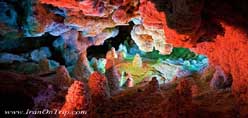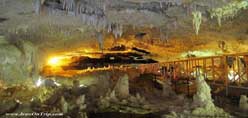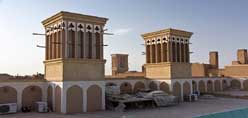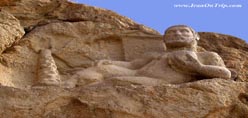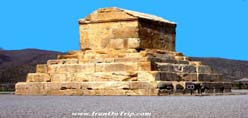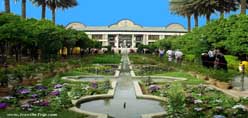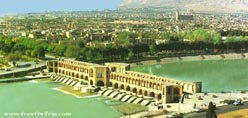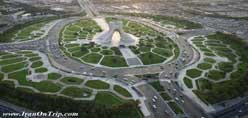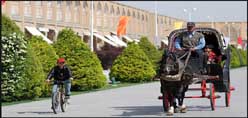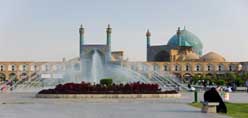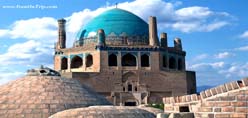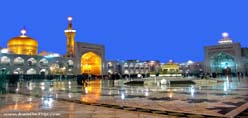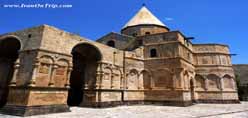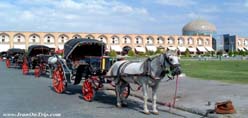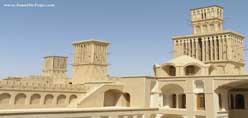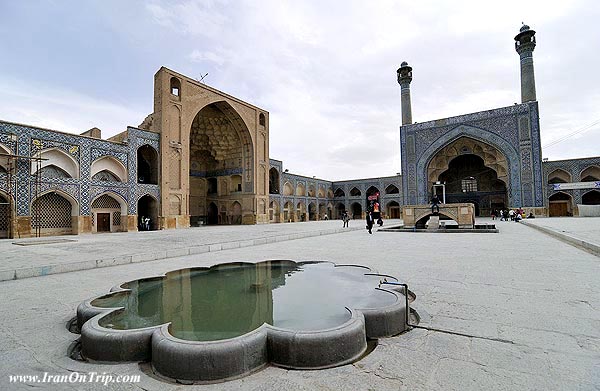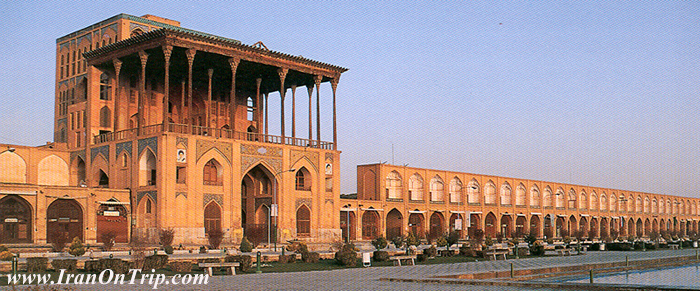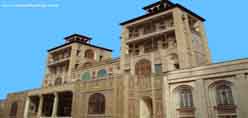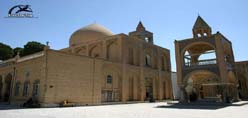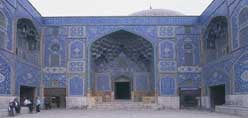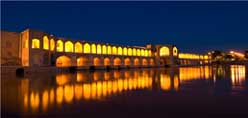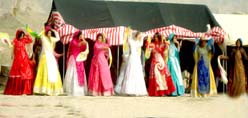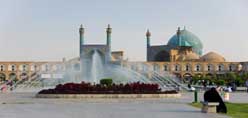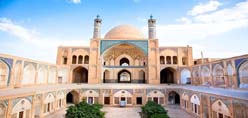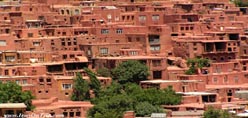Visit Yazd Tourist Attractions
Yazd is one of the most well-known desert cities of Iran that is famous for several reasons. Many Iranians and non-Iranians like to visit Yazd to see the vernacular architecture found in desert areas. It is known as the city of tourist attractions like wind catchers, Zoroastrians, Termeh (traditional brocade), silk weaving, baqlava and qotab (local sweets), etc.
A trip to Yazd will make you familiar with life in desert towns and how people cope with it. You learn about underground water supplement system (Yariz or qanat) for which Iranians are well-known. The water reservoirs, icehouses, wind catchers and pigeon towers make it worthwhile to have a visit to Yazd and explore the uniqueness of this ancient city of Iran.
General Information about Yazd

Map Courtesy of Google Maps
Yazd is located almost 270 km south east of Isfahan and with a growing population of approximately 560,000 inhabitants, it attracts more people to live in this city. The altitude of Yazd is approximately 1210m above sea level. There are high mountains to the south of the city and Taft area where lots of Yazdi people take short trips to spend hot summer days or weekends in this moderate area. The city itself is very hot and dry in summer due to its location which is between two main deserts of Dasht-e Kavir and the Kavir-e-Lut.
Traditionally Yazd has been famous for Termeh, the brocades made with Iranian patterns and sold them to the travelers who passed by this city. The ancient caravan routes went through Yazd since long time ago and people were more involved in trade than agriculture. Zoroastrians pay special attention to farming and the farmers were actually working in adjacent villages at foothills and close to the sources of water devised by kariz system.
Today a lot of tile and porcelain factories are operating outside Yazd attracting laborers and producing good quality products for domestic as well as international markets.
History of Yazd
Originally, Yazd was called Issatis at the time of Median Empire when it emerged. The city prospered under Sassanians when it was a center of the followers of Zoroastrian faith. Because of its remoteness from central Iran and populated areas, it has escaped devastating assaults of the foreign invaders like Chengiz Khan. Instead, it has turned into a safe place for the migrants who were looking for another city to relocate. However, like many other desert towns, the inhabitants of this city had to protect themselves by building high walls around the city 900 years ago and reconstruct it after each attack.
Yazd became the capital city of Muzaffarid dynasty who ruled there in 14th century. They fled to Yazd after Khorasan, their original birthplace was attacked by Mongols. Some of the rulers stayed in Meybod, another town in this province to the north of Yazd. During late 18th century and simultaneous with the rise of Qajars, Bakhtiari khans were ruling in Yazd.
There was not much improvements during Safavids in Yazd. On the contrary, the inhabitants saw the deterioration of urban infrastructure. However, under Qajars the city started to thrive as a result of the extensive trading demands. Therefore, the city grew physically:
- new residential areas were annexed to the previous ones,
- facilities like baths were built for the people,
- more areas were added to the bazaar,
- etc.
Visit Yazd Attractions inside the City
Every year, lots of international travelers visit Yazd tourist attractions inside the city and spend at least one full day exploring the beauty of its local architecture.
Yazd Friday Mosque: This is the grand congregational mosque of 14th century built by well-known Yazdi architects. It has the tallest minarets in Iran.
Mirchaqmaq Tekieh: This is the mourning structure used by Shiite mourners who commemorate the martyrdom of Imam Hossein, Fatima, etc by sitting in its cells and watching the religious passion play and the mourners’ parade in front of the structure.
Water Museum: Affiliated to the water organization, this museum showcases how water has been supplied using various tools, methods and traditions. This is probably the best museum of water in the entire country with this topic.
Varahram Fire Temple: The most famous fire temple of Zoroastrians, Varahram is widely known for the age of its fire, which is approximately 1500 years old and never extinguished.
Towers of Silence: Known as Dakhmeh, they are the high places surrounded by a wall on top of the hills where people’s corpse used to be disposed to the vultures to be eaten by them.
Fahadan Residential Quarter: This is the oldest part of the city where houses are made of sun-dried bricks and walls are made of mud and straw. Some of the oldest monuments of the city are found here.
Boqeh 12 Imams: This is the oldest structure in Yazd still standing as a memorial building constructed approximately 900 years ago in honor of 12 Imams of Shiites.
Alexander/Harun Prison: This is actually a 14th century school (madrasah) with relatively plain decoration. The real name is Zia’ieh, but it is called a prison because of the octagonal pit below the level of its courtyard that looks like a dungeon.
Dolat Abad Garden: This is a typical Persian Garden that used to be the house of Yazd governor in 18th century with the tallest wind catcher of yazd, 22m.
Visit Yazd Attractions outside the City
The people who visit Yazd, take a trip outside the city to explore other tourist attractions outside the city. Here’s a list of them:
Narin Qaleh (at Meybod): This fortress is said to have been built approximately 5000 years ago, but it has certainly existed at the time of the Median empire. Sassanian bricks can be found it it and Meybod’s governor used to live here.
Shah Abbasy Caravansary (at Meybod): In Safavid era, Shah Abbas started building several caravansaries to promote trade and business. This spacious one used to be at the side of the old town of Meybod.
Chapar Khaneh (at Meybod): This was a mailing service station operated first by horses carrying any parcels to various destinations and later by vehicles until early 20th century.
Meybod Icehouse: This is an example of a massive mud and brick structure with powerful insulation system to keep the ice made in winter up to the end of summer for the people living in any cities, towns or neighborhood.
Chack Chak (near Ardakan): Known as Pir-e-Sabz, it is the most sacred of the mountain shrines respected by Zoroastrians.

.jpg)


